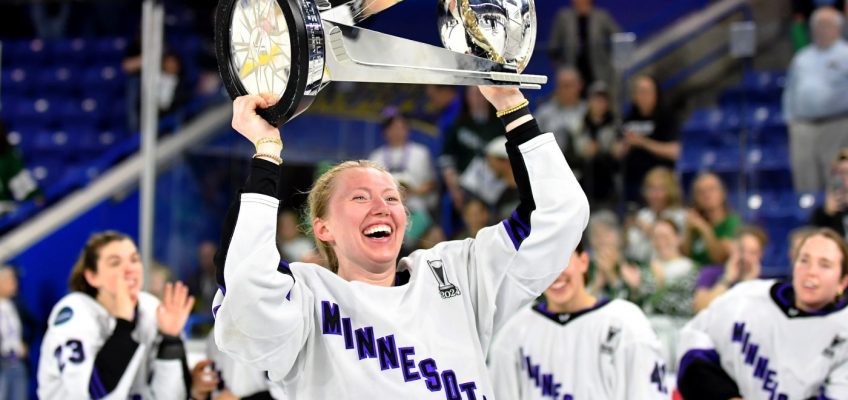Minneapolis will host the U.S. Olympic Team Trials for gymnastics later this month — with St. Paul’s Suni Lee participating — as part of the run-up to 2024 games in Paris.
The trials, from June 27 through June 30, will take place at Target Center. The trials are competitions held to select U.S. participants at the Olympic Games. It is traditionally one of the most popular pre-Olympics events.
Lee earned her spot to compete in the trials by placing fourth overall earlier this month at the 2024 U.S. Gymnastics Championships in Fort Worth, Texas. Shane Wiskus, of Spring Park, also will take part in the Minneapolis competition.
Shane Wiskus competes on the parallel bars during the men’s U.S. Olympic Gymnastics Trials Saturday, June 26, 2021, in St. Louis. (AP Photo/Jeff Roberson)
Lee famously won the gold medal in the all-around at the 2020 Summer Olympics in Tokyo, becoming the latest American to earn that prestigious honor. That turned her into an international superstar overnight, and while she went on to compete collegiately at Auburn University for a couple of years, she eventually left the program to prepare for the 2024 Summer Olympics in Paris.
After dealing with a kidney ailment last year, Lee was back in full health this spring. During a Team USA media summit, she noted the challenge of returning to competition.
Wiskus also represented Team USA at the 2020 Summer Olympics in Tokyo. He also competed collegiately at the University of Minnesota. He was twice named Big Ten Gymnast of the Year and left the school after it announced it planned to discontinue its men’s gymnastics program.
To learn more about the 2024 Olympic Team Trials for gymnastics and associated events and how to buy tickets, visit the Minnesota Sports and Events website.
Parisian theme on Nicollet Mall
Besides gymnastics, there will be a Parisian market showcasing local vendors in downtown Minneapolis and Nicollet Mall will be decorated with a replica Eiffel Tower, flower trellis and light poles.
A series of performances within the water basin of Peavey Plaza will include appearances by gymnasts from Sweden, Switzerland and Minnesota’s Circus Juventas. Street performers, mimes and musicians also will line the mall and restaurants will offer patio seating.
The street fair will kick off on at 11:30 a.m. June 27 with more than 1,000 gymnasts from around the world performing a routine to a mashup of Minnesota music. Several local stars will feature as dance captains including Leslie Fhima, a “Golden Bachelor” contestant; Jacie Scott, the Minnesota Vikings cheerleaders’ head coach; and Michelle Young, a TV personality and founder of the Michelle Young Foundation.
A Flip Zone at Target Plaza will be available for children. Gymnastics demonstrations, a parkour course and a 15-foot free fall into an airbag will be some of the interactive activities offered. DJs and special guests will perform while gymnastics clubs show off their skills.
Dane Mizutani contributed to this report.
Related Articles
Skywatch: Summer is coming — it’s in the stars
First Miss Juneteenth MN pageant to be held at Hamline University
West St. Paul Days features several days of food, music and other activities
Gary Kriesel named grand marshal of Lumberjack Days parade
Northern Minnesota: Soudan Mine tours reopen after 4 years of work, waiting




